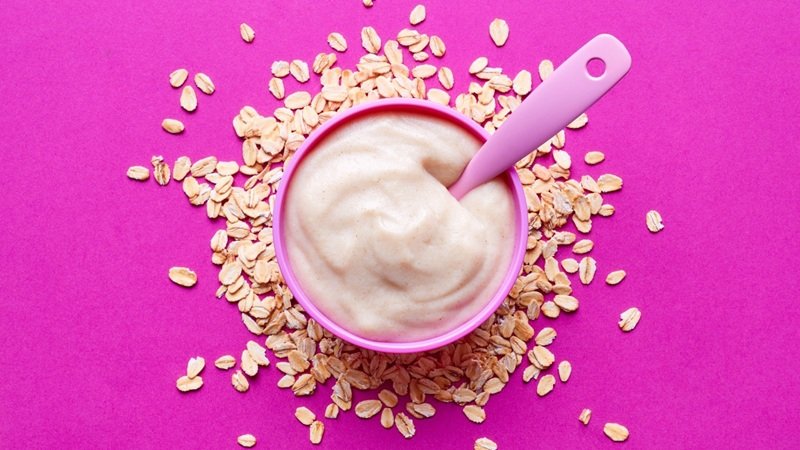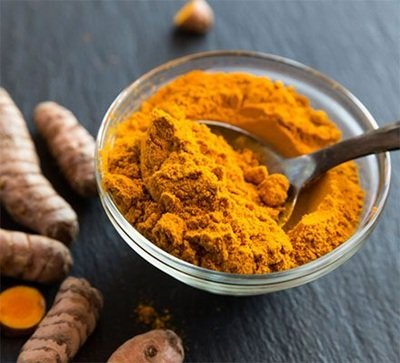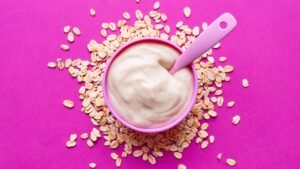Cook Meal
effective stretches, fitness recovery tips, muscle recovery, muscle relaxation, muscle soreness relief, post-exercise muscle pain, post-workout recovery, recovery remedies, recovery techniques, relieve muscle pain, sore muscles, soreness treatment, workout recovery hacks, workout recovery tips
0 Comments
How Can I Relieve Sore Muscles After a Workout
How to Relieve Sore Muscles After a Workout: Effective Strategies and Expert Tips
No matter how much you enjoy your workout, sore muscles are almost inevitable—especially after a challenging session. Whether you’re lifting weights, running, or doing high-intensity interval training (HIIT), muscle soreness (also known as delayed onset muscle soreness or DOMS) is a normal part of getting stronger. However, that doesn’t mean you have to endure discomfort unnecessarily. There are numerous ways to relieve sore muscles and speed up recovery, so you can get back to your training routine feeling refreshed and ready.
In this guide, we will explore the science behind muscle soreness and provide practical, evidence-based strategies to alleviate discomfort. From hydration to targeted massages, you’ll learn how to treat sore muscles effectively at home and keep them from becoming a roadblock in your fitness journey.
Understanding Muscle Soreness: What Happens in Your Body?
Before jumping into relief methods, it’s essential to understand why muscles get sore after a workout. Muscle soreness typically occurs due to microscopic tears in muscle fibers caused by strenuous exercise. These tears trigger an inflammatory response, leading to the discomfort we feel in the hours and days following intense physical activity.
This phenomenon is called Delayed Onset Muscle Soreness (DOMS), and it typically peaks between 24 and 72 hours after exercise. While DOMS is usually harmless and a sign of muscle adaptation, it can cause discomfort that might discourage you from staying active.
Hydration: The Foundation of Muscle Recovery
One of the most straightforward yet often overlooked strategies for reducing muscle soreness is staying properly hydrated. Water plays a crucial role in muscle recovery by aiding in nutrient transport, flushing out toxins, and helping muscles contract and relax efficiently.
When you exercise, you lose fluids through sweat, which can contribute to dehydration and worsen muscle soreness. Ensuring that you drink enough water before, during, and after your workout can significantly reduce the severity of soreness and speed up your recovery process.
Tip: Aim for at least 8 glasses of water a day, and consider drinking more on days when you exercise. Adding electrolytes to your water post-workout can also help replenish lost minerals like sodium and potassium, which are crucial for muscle function.

Stretching and Cooling Down: Preventing Injury and Reducing Tightness
An effective warm-up before your workout and a proper cool-down afterward are essential for minimizing muscle soreness. Stretching, dynamic movements, and light aerobic exercises during these periods prepare your muscles for the demands of exercise and help them relax afterward.
Pre-Workout Warm-Up: Start with 5-10 minutes of light cardio (like walking or cycling) to gradually increase your heart rate. Then, perform dynamic stretches (such as leg swings or arm circles) to loosen up your muscles.
Post-Workout Cool-Down: After exercise, spend 5-10 minutes cooling down with slower-paced movements and static stretching. Stretch each muscle group that you worked during your session and hold each stretch for 20-30 seconds. This will help to improve flexibility and alleviate tightness, preventing future soreness.
Active Recovery: Keep Moving to Improve Blood Flow
While complete rest is essential, too much of it can also stiffen muscles and delay recovery. Active recovery is the practice of engaging in low-intensity physical activity after an intense workout to keep your muscles moving and promote blood circulation.
Light activities such as walking, yoga, or swimming can help reduce soreness and improve the flow of nutrients to the muscles, aiding in faster recovery. In fact, studies have shown that active recovery can reduce the severity of DOMS compared to complete rest.
Tip: Try incorporating a recovery day into your weekly routine with light activities that don’t put additional strain on sore muscles.
Intentional Progression: Build Strength Gradually
A key to preventing excessive soreness is gradual progression. While it’s tempting to push yourself during every workout, doing too much too soon can lead to injury and prolonged muscle soreness. Start with lighter weights or lower intensity and gradually increase the duration or intensity of your workouts as your body adapts.
Tip: If you’re new to strength training, focus on mastering proper form first. Increase weight, reps, or sets slowly to avoid overwhelming your muscles. Building muscle takes time, and consistency is key to long-term success.
Massage Therapy: Soothe Sore Muscles and Boost Recovery
Massage therapy is a fantastic way to reduce muscle tension, improve circulation, and alleviate soreness. Whether you’re using a professional massage therapist or opting for self-massage with a foam roller or massage gun, these techniques can work wonders for muscle recovery.
Trigger Point Therapy: If you’re dealing with localized muscle pain, try trigger point therapy, which involves applying pressure to specific sore areas. This can help release tight knots in your muscles and alleviate pain.
Massage Guns: A handheld massage gun can help target sore spots in your muscles with vibration therapy, which promotes blood flow and reduces muscle stiffness. If using a massage gun, ensure you apply it gently and stop if you experience pain.
Read More: How Does Volume Eating Help You Feel Fuller
Epsom Salt Baths: Relax and Recover in Comfort
Epsom salt baths are a popular remedy for sore muscles, offering both physical and mental relief. While scientific evidence on the effectiveness of Epsom salts is limited, many people report feeling significant benefits from this soothing practice. Epsom salts contain magnesium, which is thought to help relax muscles and reduce inflammation.
Tip: Soak in a warm Epsom salt bath for 15-20 minutes within a few hours of your workout. The combination of heat and magnesium absorption may help ease muscle tension and speed up the recovery process.
Pre- and Post-Workout Nutrition: Fuel Your Body for Recovery
What you eat before and after your workout can have a significant impact on how quickly your muscles recover and how much soreness you experience. Proper nutrition provides your muscles with the fuel they need to repair and grow.
Pre-Workout: Eating a balanced meal with protein and carbohydrates about 1-2 hours before your workout will provide your muscles with the energy needed to perform well. A protein shake, smoothie, or whole-grain toast with nut butter are great options.
Post-Workout: After exercise, focus on consuming protein to repair muscle tissue and carbohydrates to replenish glycogen stores. A balanced post-workout meal or snack, such as grilled chicken with quinoa or a protein shake with fruit, can kickstart the recovery process.
Working with a Trainer: Personalized Support for Muscle Recovery
If soreness persists or you’re unsure about your exercise form, it might be helpful to work with a personal trainer or athletic therapist. Trainers can help you develop a workout plan that suits your fitness level and teach you how to perform exercises with proper technique, minimizing the risk of injury and excessive soreness.
If you’re dealing with chronic or severe muscle pain, a healthcare provider specializing in sports medicine or physical therapy can assess your situation and provide tailored solutions.
Conclusion
Muscle soreness after a workout is a natural part of the process, but it doesn’t have to sideline your fitness goals. By incorporating proper hydration, stretching, active recovery, and effective massage techniques, you can significantly reduce soreness and speed up the recovery process. Remember to progress slowly, listen to your body, and ensure you’re fueling your muscles with the right nutrition. With these strategies in your arsenal, you’ll be able to work through muscle soreness and come out stronger on the other side.
Whether you’re a beginner or a seasoned athlete, taking care of your muscles post-workout is crucial for achieving long-term success in your fitness journey. Keep these tips in mind, and get back to your next workout feeling refreshed, strong, and ready for the challenge.














